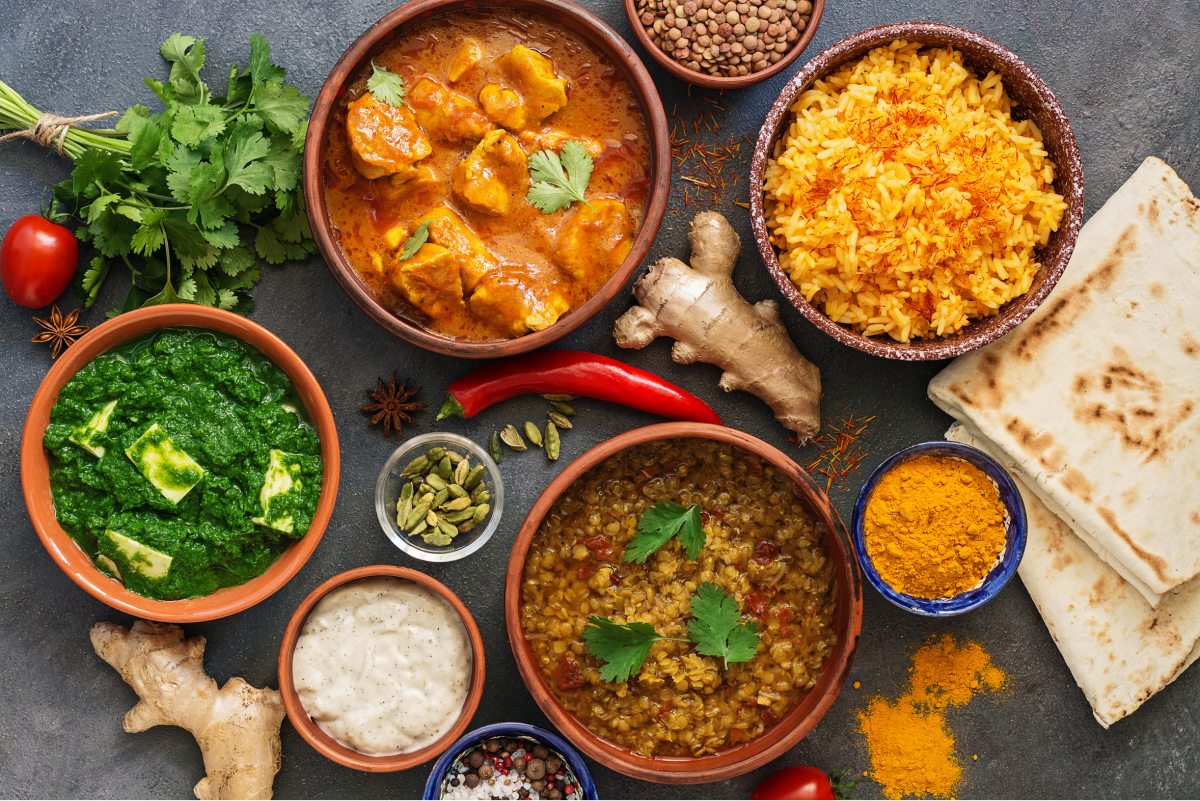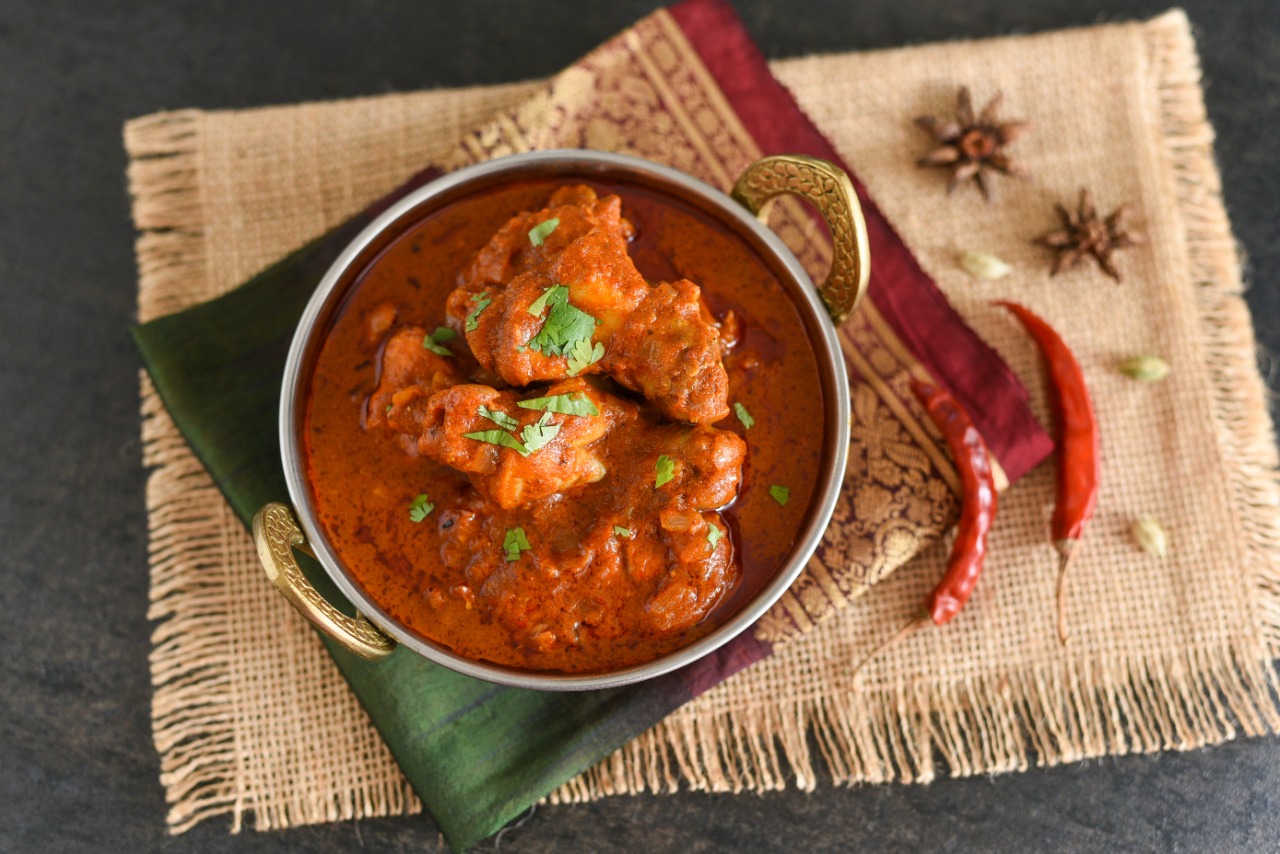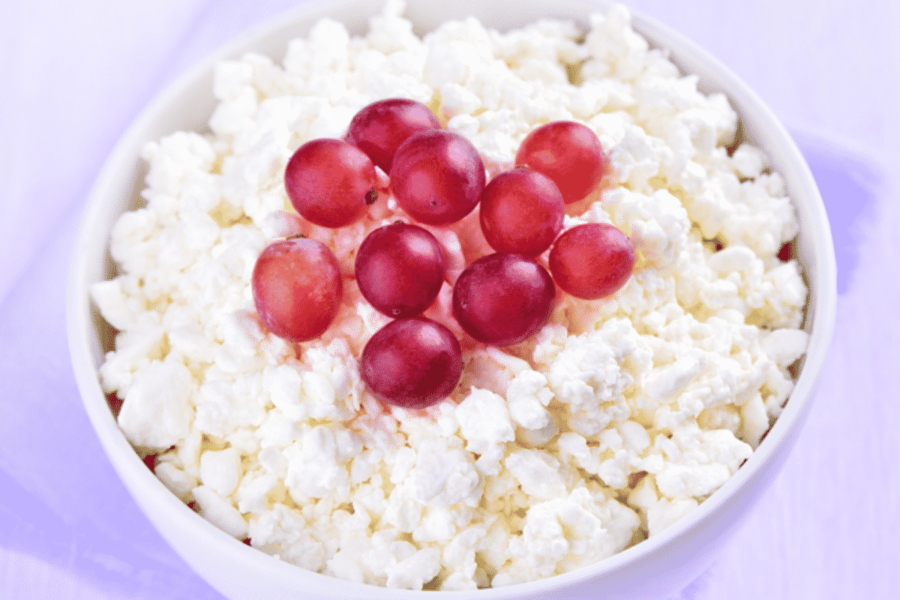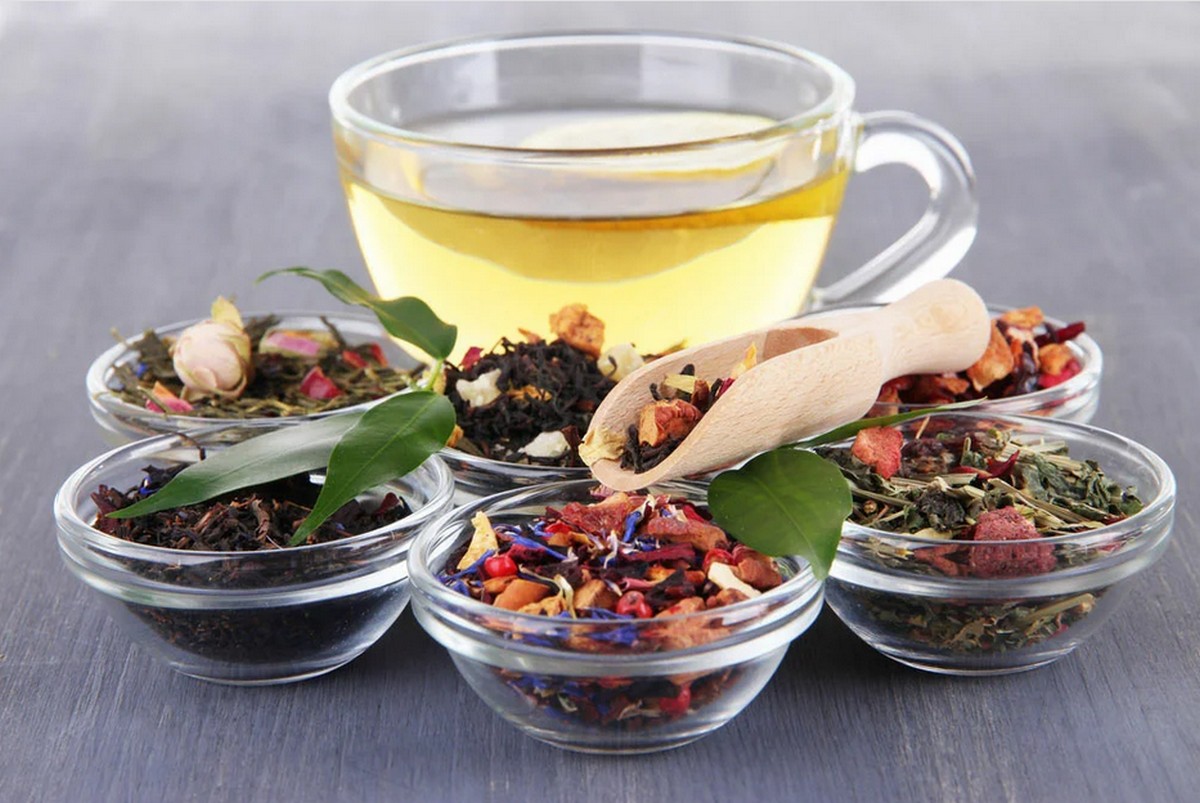Asian cuisine offers a rich tapestry of flavors and techniques, ranging from the simplicity of a stir-fry to the delicate art of sushi making. This exploration into Asian cooking will guide you through the fundamentals of creating authentic dishes at home. With a focus on fresh ingredients and balanced flavors, Asian cuisine can be both a joy to prepare and a delight to the senses.
The Art of the Stir-Fry
Stir-frying is a quick and versatile method common in many Asian kitchens. It typically involves cooking ingredients rapidly over high heat in a small amount of oil, using a wok or a frying pan. The key to a successful stir-fry is preparation: have all your ingredients chopped and ready to go, as the cooking process is fast. Use a combination of vegetables, protein, and a simple sauce of soy sauce, garlic, and ginger for a classic stir-fry.
The Basics of Sushi Making
Sushi making is an art form that balances simplicity and skill. The essential components are sushi rice, nori (seaweed sheets), and fillings such as fresh fish, vegetables, and avocado. Preparing sushi rice requires a specific technique, seasoning the cooked rice with a mixture of rice vinegar, sugar, and salt. Rolling sushi can be a fun activity, whether you’re making traditional rolls, sashimi, or nigiri.
Exploring Noodle Dishes
Asian cuisine boasts a wide variety of noodle dishes, each with its unique flavors and ingredients. From the rich broth of a Japanese ramen to the spicy kick of Thai pad thai, noodles are a staple in many Asian meals. Experiment with different types of noodles, such as rice noodles, udon, or soba, and pair them with your choice of sauces, proteins, and vegetables.
The Flavorful World of Curries
Curries are a cornerstone of many Asian cuisines, offering a symphony of spices and flavors. Ingredients like coconut milk, lemongrass, curry paste, and a variety of spices are used to create rich, flavorful dishes. Each country has its unique take on curry, from the creamy Indian varieties to the fiery Thai versions.
Dim Sum and Small Bites
Dim sum refers to a variety of small, bite-sized dishes often served with tea. This includes dumplings, buns, and other savory and sweet items. Making dim sum at home can be a delightful experience, allowing you to experiment with different fillings and doughs.
Balancing Flavors
A key aspect of Asian cooking is the balance of flavors: sweet, sour, salty, bitter, and umami. Understanding how to balance these flavors is crucial in creating authentic dishes. Taste and adjust your cooking, adding ingredients like soy sauce for saltiness, sugar for sweetness, or lime juice for acidity.
Conclusion: A Feast for the Senses
Exploring Asian cuisine is a journey that takes you through a diverse landscape of flavors and techniques. From the rapid fire of stir-frying to the meticulous preparation of sushi, there’s a richness and depth to these culinary traditions that offer something for every palate. Whether you’re a seasoned cook or a curious beginner, the world of Asian cuisine promises a rewarding and flavorful adventure.





